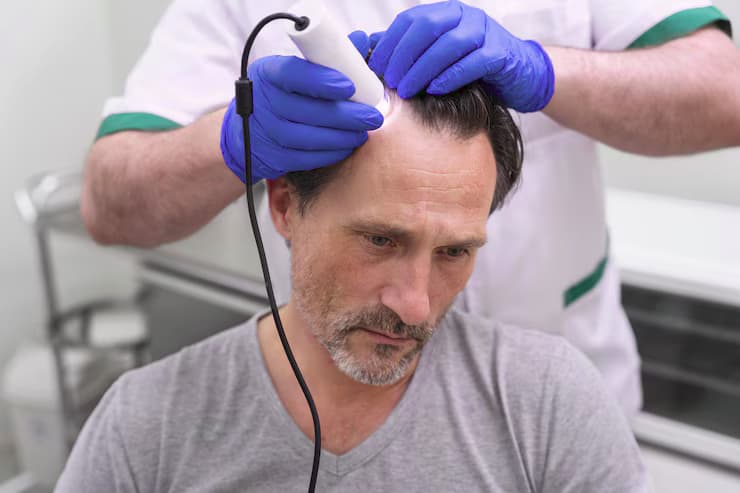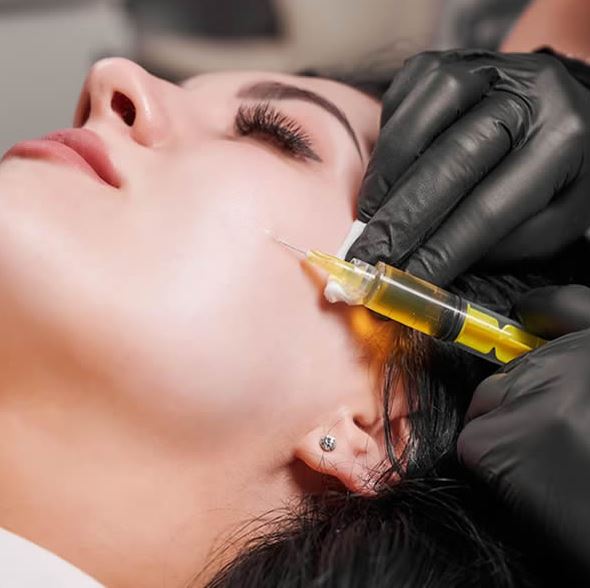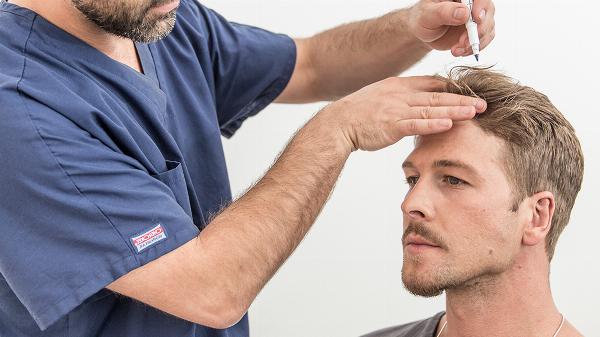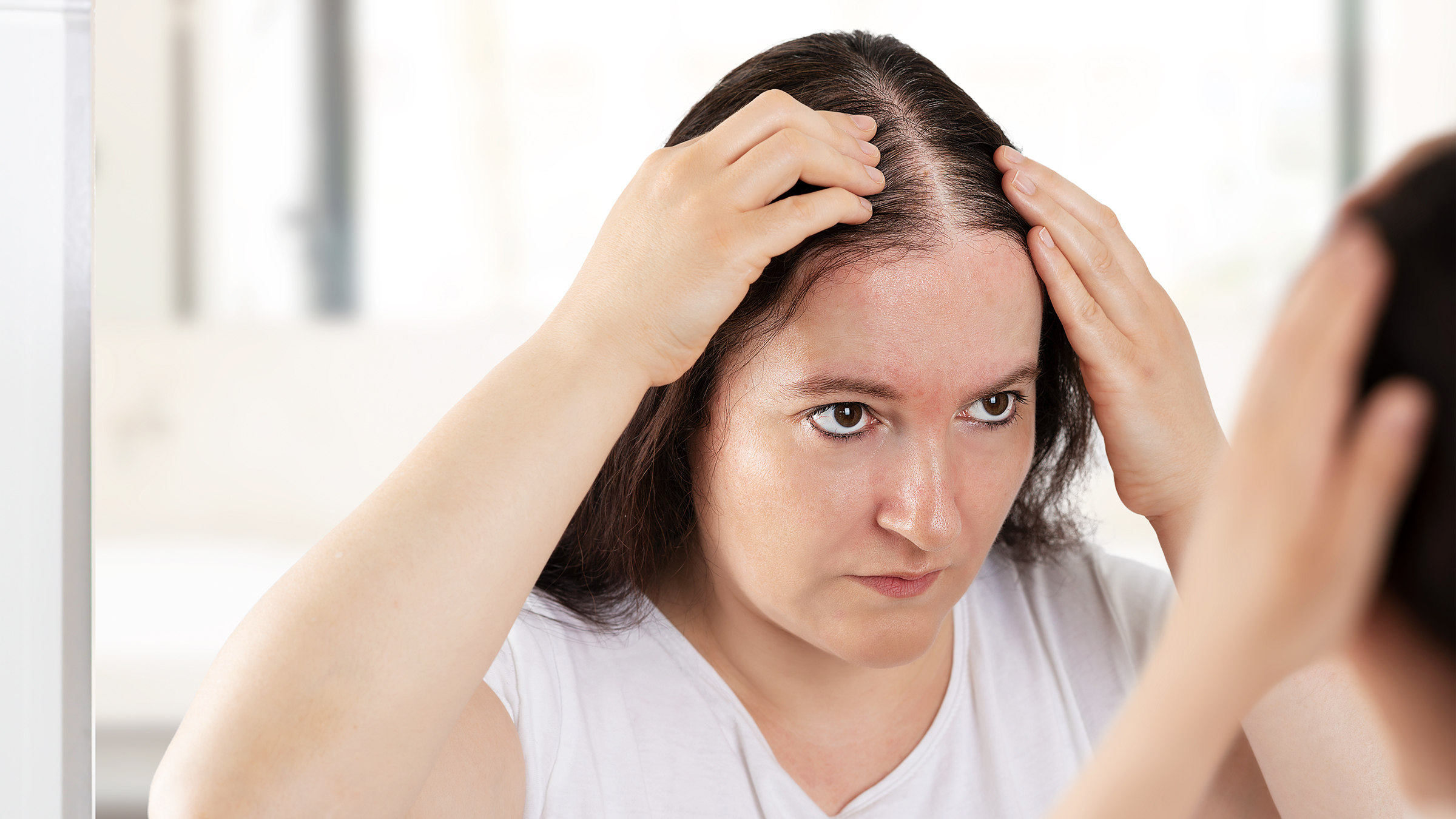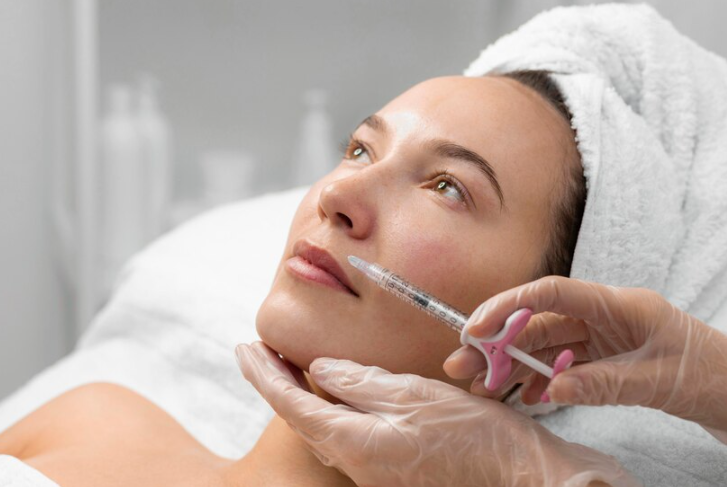How Do PRP Hair Treatments Help With Hair Regrowth?
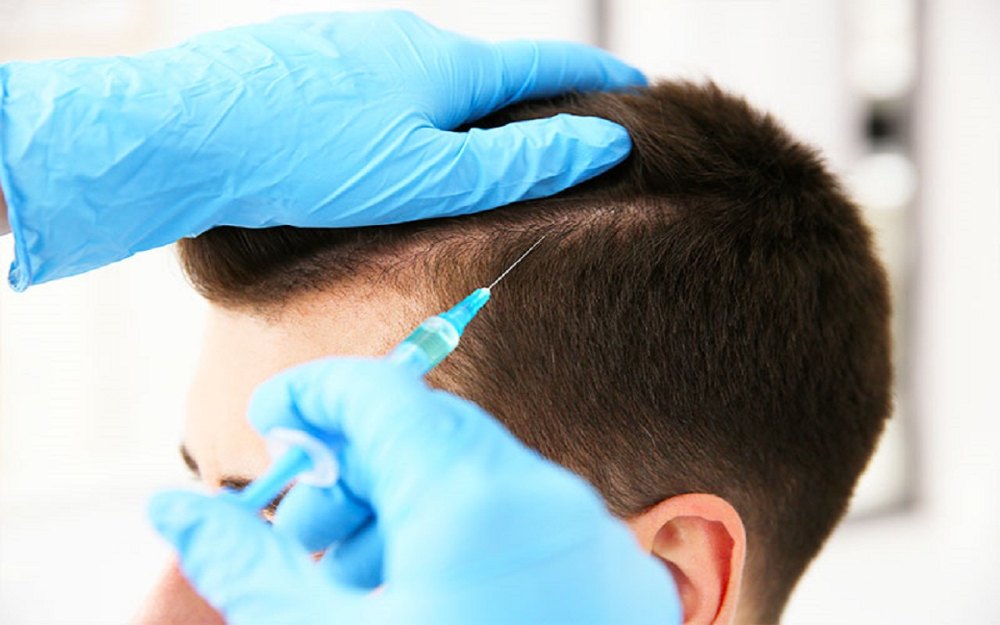
Strong 8k brings an ultra-HD IPTV experience to your living room and your pocket.
Hair loss is a common issue that affects both men and women, leading many to seek effective treatments to restore their hair and boost their confidence. Among the various treatments available, Platelet-Rich Plasma (PRP) therapy has gained significant attention for its ability to promote hair regrowth. This article explores how PRP Hair Treatment Dubai work, their benefits, and why they have become a popular choice for those dealing with hair thinning and hair loss.
✍️ If you’ve heard about stem-cell therapy for hair growth, read our coverage of future hair treatments that explore experimental solutions like robotics, AI analysis, and regenerative medicine.
Understanding PRP Hair Treatment:
Platelet-rich plasma (PRP) therapy is a non-surgical treatment that utilizes a patient's own blood to stimulate hair regrowth. The treatment involves extracting a small amount of the patient’s blood, processing it to concentrate the platelets, and then injecting the PRP into the scalp. The idea behind PRP is that the high concentration of growth factors in the platelets can stimulate the natural healing processes of the body, including the regeneration of hair follicles.
The process begins with drawing blood from the patient’s arm, just like any standard blood test. The blood is then placed in a centrifuge, where it is spun at high speeds to separate the components. The plasma, rich in platelets, is carefully extracted and prepared for injection. The concentrated PRP is then injected into areas of the scalp where hair thinning or baldness is present.
How PRP Stimulates Hair Regrowth:
PRP hair treatment works by leveraging the regenerative properties of platelets. Platelets contain growth factors that play a crucial role in healing tissue and promoting cellular growth. When injected into the scalp, PRP helps to rejuvenate damaged hair follicles and encourage new hair growth. Here's how PRP facilitates hair regrowth:
Stimulates Hair Follicles:
PRP contains a high concentration of growth factors, such as platelet-derived growth factor (PDGF), vascular endothelial growth factor (VEGF), and epidermal growth factor (EGF). These growth factors help stimulate dormant or miniaturized hair follicles, encouraging them to enter the active growth phase (anagen phase). By revitalizing these follicles, PRP promotes the production of thicker, healthier hair.
Improves Blood Circulation:
The growth factors in PRP also improve blood circulation to the scalp, ensuring that hair follicles receive an adequate supply of oxygen and essential nutrients. Enhanced blood flow helps to nourish the follicles, creating an optimal environment for hair growth. This, in turn, supports the growth of stronger and more resilient hair strands.
Reduces Hair Loss:
In addition to promoting new hair growth, PRP therapy has been shown to reduce hair shedding by strengthening existing hair follicles. The treatment can prolong the growth phase of hair and prevent premature hair loss by improving follicular health. This results in thicker, fuller hair and a reduction in the appearance of bald spots or thinning areas.
Revives Miniaturized Hair Follicles:
One of the causes of hair thinning and hair loss is the miniaturization of hair follicles, which occurs when follicles shrink and produce finer, weaker hairs. PRP therapy can help reverse this process by stimulating these miniaturized follicles to return to their normal size and produce healthier, thicker hairs.
The Benefits of PRP Hair Treatments:
PRP hair treatments offer numerous benefits for those struggling with hair loss or thinning. Some of the key advantages of this treatment include:
Non-Surgical and Minimally Invasive:
Unlike hair transplants, which require incisions and recovery time, PRP is a non-invasive, minimally painful procedure. Since PRP uses the patient's own blood, there is little risk of allergic reactions or rejection. The injections are typically well-tolerated, and recovery time is minimal, with most patients returning to their normal activities shortly after the treatment.
Safe and Natural:
Because PRP therapy uses the patient's own blood, there is no risk of introducing foreign substances into the body. This makes the treatment safe and natural, with no risk of side effects or complications commonly associated with synthetic medications or treatments. The use of the body’s own regenerative cells ensures a lower likelihood of adverse reactions.
Effective for Different Types of Hair Loss:
PRP therapy is suitable for a wide range of hair loss conditions, including androgenetic alopecia (male and female pattern baldness), alopecia areata (an autoimmune disorder that causes hair loss in patches), and telogen effluvium (temporary hair loss often caused by stress or illness). It has shown promising results in stimulating hair regrowth and improving the density and thickness of hair in individuals with various types of hair loss.
Quick and Convenient:
PRP hair treatment is a relatively quick procedure, typically taking 30 to 60 minutes per session. Patients can resume normal activities almost immediately after the treatment, making it a convenient option for those with busy schedules. While results vary, many individuals begin to notice improvements in hair density and thickness within a few months of treatment.
Long-Lasting Results:
While PRP is not a permanent cure for hair loss, it can produce long-lasting results. Many patients find that their hair regrowth continues for months or even years after completing a series of PRP treatments. To maintain results, ongoing treatments may be necessary, but the improvements in hair thickness and volume can be significant and sustained.
The PRP Hair Treatment Process:
Typically, PRP hair treatment involves a series of 3 to 4 sessions spaced about 4 to 6 weeks apart, followed by maintenance treatments every 4 to 6 months. Each session is relatively quick, and patients can expect to experience minimal discomfort during the procedure.
The treatment process includes the following steps:
Consultation: The first step is a consultation with a qualified medical professional, who will assess the patient's hair loss condition, scalp health, and medical history to determine if PRP therapy is appropriate.
Blood Draw: A small amount of blood is drawn from the patient’s arm, similar to a routine blood test.
Processing the PRP: The blood is placed in a centrifuge to separate the plasma, which is rich in platelets, from other components of the blood.
Injection: The PRP is injected into the scalp in the areas experiencing hair loss or thinning.
Post-Treatment Care: After the treatment, patients are typically advised to avoid washing their hair for 24 hours and to refrain from strenuous physical activity for a few days.
Conclusion:
PRP hair treatment is a revolutionary, non-invasive therapy that offers an effective solution for hair regrowth. By utilizing the body’s natural healing properties, PRP helps stimulate dormant hair follicles, improve scalp circulation, and promote the growth of thicker, healthier hair. With minimal downtime and significant results, PRP Hair Treatment Cost in Dubai has become an increasingly popular choice for those looking to restore their hair and regain their confidence. If you are considering PRP for hair regrowth, consult with a qualified professional to determine if it is the right treatment for you.
Note: IndiBlogHub features both user-submitted and editorial content. We do not verify third-party contributions. Read our Disclaimer and Privacy Policyfor details.



